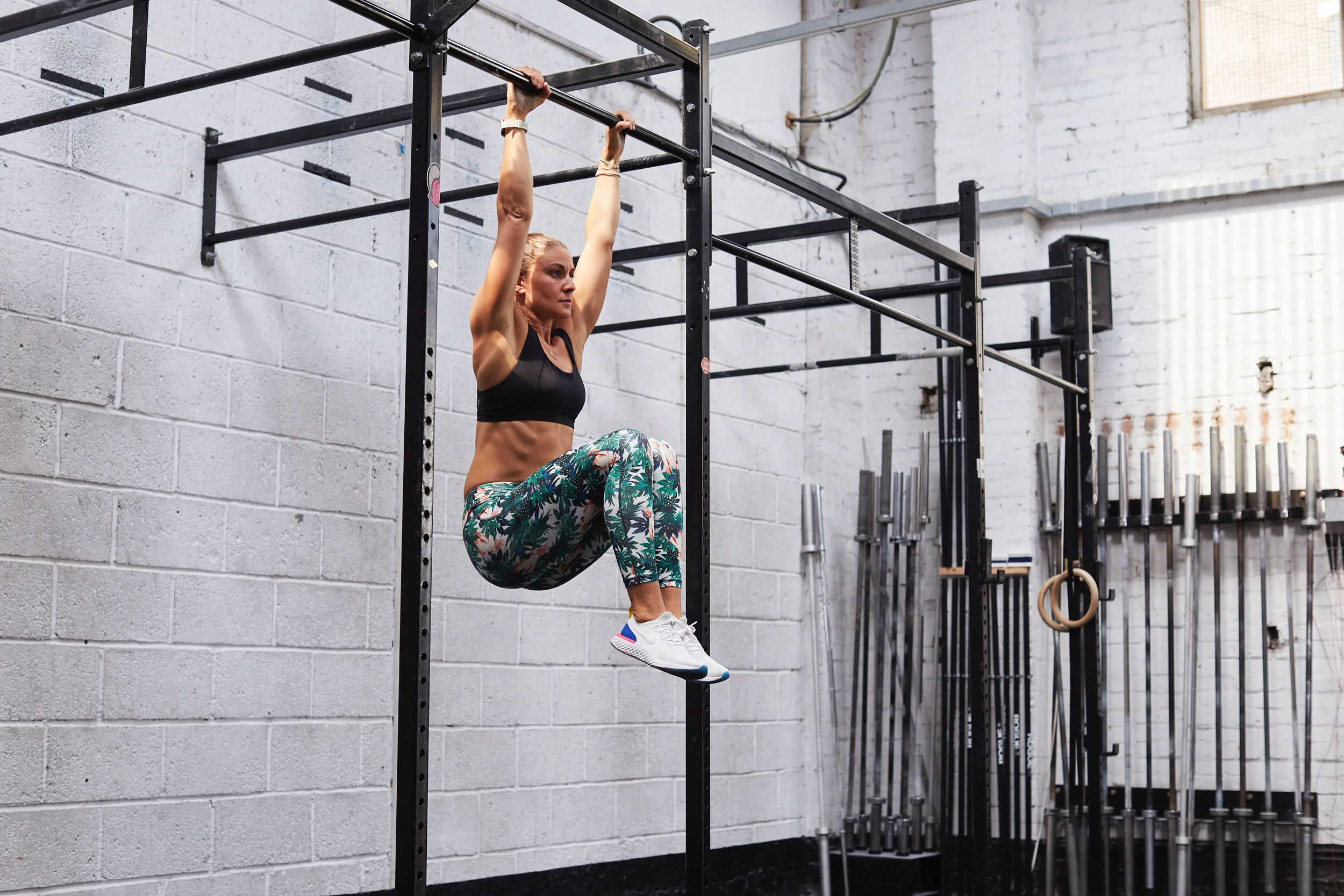What is the ACL and what does it actually do?
As many of you know, I have undertaken ACL reconstruction recently, so what better time to start a series on this process. I’ll be doing a bit of a rehab diary, covering all the stages of recovery, my training and rehab work over the next 6-9 months. The aim of this journey is to get back to competitive sport, and I’m not doing this alone!
I’ll be collaborating on this series (and in my recovery) with my physiotherapist, Amy Christie from Six Physio. I’ve been working with Amy for some time, during my preparation for surgery and now for my rehab. To kick things off, Amy has written an explainer for us all - what is the ACL.
What is the ACL and what does it actually do?
By Amy Christie of Six Physio
So we’ve all heard of the ACL (Anterior Cruciate Ligament), it’s in the knee there somewhere, doing its thing but what exactly is its purpose and if we damage it, how do we go about looking after it?
Although the ACL gets all the attention, there are other key structures within the knee allowing us to stabilise and move dynamically with control during sporting activities. These include: two collateral ligaments and two cruciate ligaments (including your ACL). The ACL is arguably the most important and well known of these structures; if the ACL was in the Pussycat Dolls it would be Nicole...if it were in N-Sync it would be Justin.
The ACL’s main purpose of stabilisation allows players to twist, pivot and abruptly decelerate. With this in mind, 70% of ACL injuries are non-contact in nature (so we can’t actually blame the opposing player for getting injured….). Unfortunately if you’re female you are 2.5 times more likely to rupture your ACL than if you were male, with these odds doubling if you participate in team sports (us gals can’t catch a break over here!)
Conservative V Surgical Management
It’s important to recognise that surgery isn’t the only option when it comes to managing an ACL rupture. Conservative management is becoming more of a popular option, even at the most elite level of sport (especially if you’ve got a good link up with a solid physio team). Reconstructive surgery is clinically indicated in ACL deficient patients with symptomatic instability or a desire to compete in high risk activities. If surgery is the next step for you, here are a couple of tips moving forwards:
Start a physio lead prehab programme - the stronger you are pre-op, the better you will be post!
Set yourself realistic expectations regarding post surgery rehab - your physio can help you with this
Discuss with your physio short term achievable goals to keep yourself on track
Preventative Measures
If you haven’t damaged your ACL (you lucky devil), there are loads of interesting research out there to show how effective injury prevention programmes are at improving dynamic knee control, and in turn reducing those pesky ACL injuries by 30-70%. Below are some key exercises focusing on functional stability and control, whilst also creating a love affair between you and your ACL!
Landing technique
Single leg hop ‘Partner Push’ - get your teammate to give you a light push to challenge your balance/control with an unexpected change of direction
Changing direction
Lateral Shuffle - keeping on your toes and knees bent, rapidly follow a signal by your coach/teammate to shuffle to either the left or right. Add in an unexpected ball throw to spice things up a little.
Deceleration
Sliding Shuffle - accelerate with speed followed by decelerating rapidly then reversing back on yourself. Keep up this ‘sliding’ motion until you have run the full length of the court/pitch
Key points
Ruptured ACL? Do your research, and discuss conservative V surgical options with your physio/consultant combo
Incorporate preventive measures into your current training programme
Learn to love your ACL!











